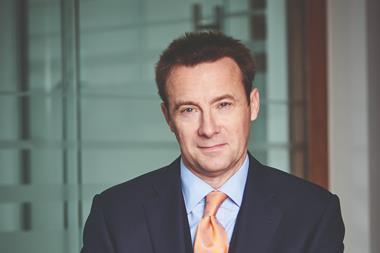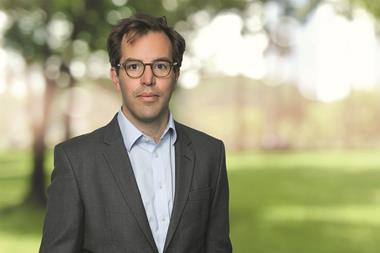The 15-minute city concept has made a resurgence over the last year or so. Restrictions to our usual way of life have forced us to rethink our perception of density and its role within cities.

The 15-minute city idea is centred on the notion that a place of work – as well as commerce, healthcare, entertainment and education facilities – should all be within a 15-minute walk or cycle of one’s home. It encourages multiple neighbourhoods and districts scattered throughout a city, marking a departure from planning policies of the last century that have emphasised the desirability of creating isolated residential areas.
Reducing carbon dependency – in which high-carbon transport is rendered all but redundant and swapped for walks and bicycles – is a key theme. The creation of multifunctional public spaces, green spaces and repurposing real estate are a few other key objectives.
It is a concept that is simultaneously historic and revolutionary – marking a return to civilisation’s earliest days of community, yet reimagining the way we design our future cities.
Local authorities, urban planners and property professionals worldwide have taken to the idea: Amsterdam, Barcelona, Berlin, Lisbon, Milan, New York, Singapore and Stockholm are just a few of the major forces incorporating 15-minute features into their city masterplans. Many of LeadingRE’s 550 member firms across the globe have expressed enthusiasm for the idea as we continue to research for our Sustainability Series initiative.
The socioeconomic benefits are of noteworthy significance, namely in respect of creating mixed-use neighbourhoods and their role in social equality and cultural diversity objectives, but it is the environmental and sustainability element that takes centre stage. A greener approach to urbanism is the golden thread that runs throughout.
It is for this reason the global community must not take its foot off the gas.
We need global powerhouses to continue leading the charge. Take Paris, where mayor Anne Hidalgo has doubled bicycle lane infrastructure and promised to ban petrol cars by 2030. Her aspiration to turn the city into Europe’s greenest shows the tenacity required by leaders.
Creating a truly connected city is no easy feat. And while the concept clearly will not work for everyone, the rapid adoption of the 15-minute city concept from Berlin to Barcelona and Melbourne to Milan illustrates intrinsic value. Where there is room for application, there is demand.
Chris Dietz is executive vice-president for global operations at Leading Real Estate Companies of the World
































No comments yet